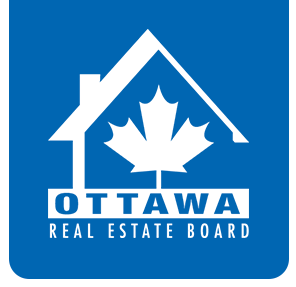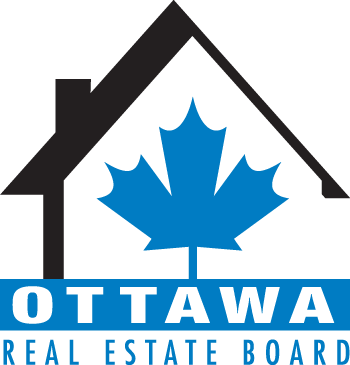OTTAWA – The Ottawa Real Estate Board (OREB) is pleased the federal government is taking measures towards supporting homeownership for many Canadians in the 2019 budget but suggests there were opportunities missed.
“Some first-time homebuyers will be assisted through the shared-equity mortgage program and the increase of RRSP withdrawals to $35,000,” states Dwight Delahunt, OREB’s 2019 President. “However, we would’ve preferred a measure such as the one we proposed to government to increase the first-time homebuyers’ tax credit from $750 to $2500 as this would not have created another debt to be repaid.”
“While the government has said these measures are to help Millennials specifically, we question whether this cohort actually has this amount invested in RRSPs and whether they will be able to qualify for a shared-equity mortgage program. Many Millennials are facing affordability issues related to their income levels and student debt,” Delahunt asserts.
“We certainly applaud the modernization of the Homebuyer’s Plan to include those going through difficult life-changing circumstances, such as the breakup of marriage/common-law relationships – we have been advocating for this for some time,” he acknowledges.
“Direct measures to address the supply side challenges we are experiencing, particularly in our local Ottawa market, is another issue we would have liked to seen more concrete action on. Although the government has recognized the need to examine this matter further and is launching a challenge to municipalities and creating an expert panel to provide recommendations on the future of housing supply and affordability, we think this matter has already been examined by many experts and the government could have come up with more substantial measures,” Delahunt suggests.
“Our biggest disappointment was that government failed to make any adjustments to the B-20 (stress test) which was an attempt to cool two major markets in the country. We hope the government will continue to monitor the effects of its mortgage policies and be open to adjusting them if necessary. They need to recognize that while mortgage debt is on paper the largest component of household debt, it is the lines of credit and credit cards that can have a major impact due to the much higher carrying costs of these facilities.”
“As reported by the Canadian Real Estate Association (CREA), the economic and social benefits of homeownership are vital,” Delahunt concurs. “Between the $31.7 billion in spin-off spending and the creation of more than 216,000 jobs in 2018, a strong, healthy housing sector is crucial to the Canadian economy.”
Delahunt concludes, “Overall, we are satisfied with the attempts put forth by the federal government to address many issues involved in the housing market and appreciate their recognition of the valuable input provided by REALTORS®, and their Boards and Associations.”


